| Plant Habit: | Herb/Forb |
| Life cycle: | Annual |
| Sun Requirements: | Full Sun Full Sun to Partial Shade |
| Water Preferences: | Mesic |
| Plant Height: | 2 to 3 feet |
| Plant Spread: | 1 foot |
| Fruit: | Edible to birds |
| Flowers: | Showy |
| Flower Color: | Yellow |
| Flower Time: | Late spring or early summer Summer Late summer or early fall Fall Other: Cut back faded flowers to ensure more flowering throughout the season. To Frost. |
| Uses: | Cut Flower |
| Wildlife Attractant: | Bees Birds Butterflies |
| Resistances: | Deer Resistant Rabbit Resistant Drought tolerant Salt tolerant |
| Propagation: Seeds: | Provide light Needs specific temperature: 65 to 85° Days to germinate: 7 to 21 Suitable for wintersowing Sow in situ Start indoors Can handle transplanting |
| Propagation: Other methods: | Division |
| Pollinators: | Hoverflies Bees |
| Containers: | Suitable in 3 gallon or larger Needs excellent drainage in pots |
| Awards and Recognitions: | AAS (All-America Selection®): 2003 National |

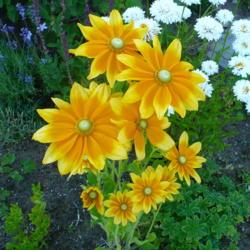
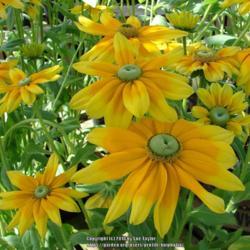
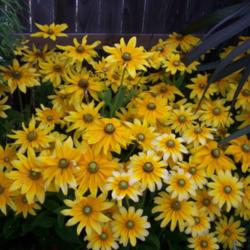
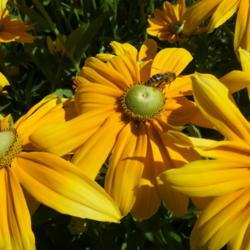
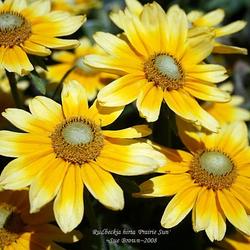

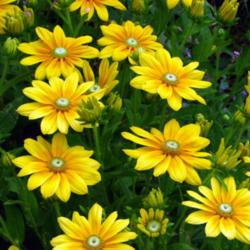

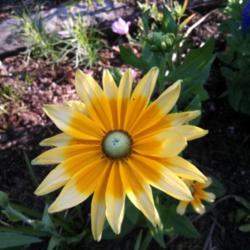

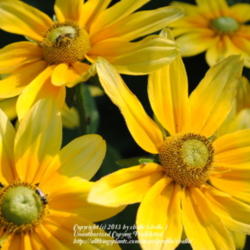

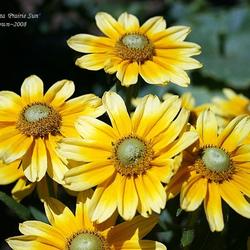
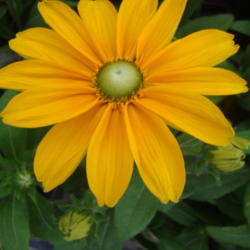

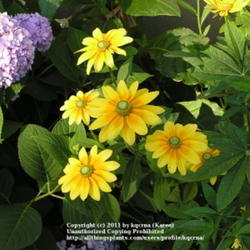


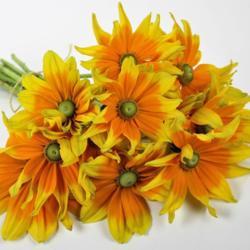
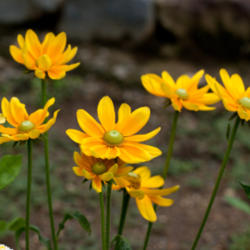
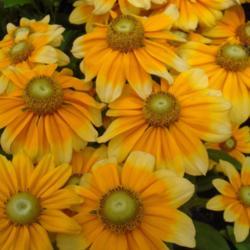
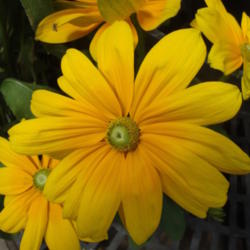
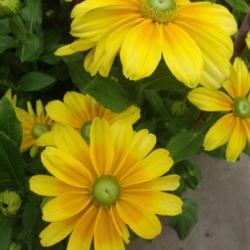
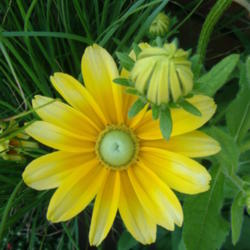
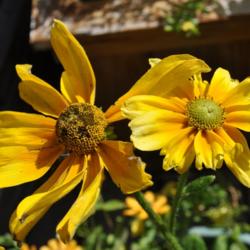


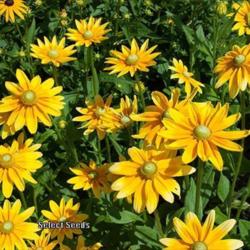

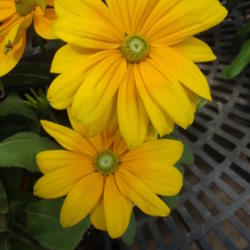
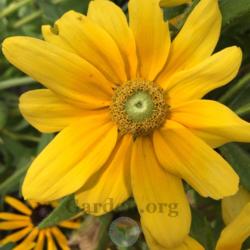
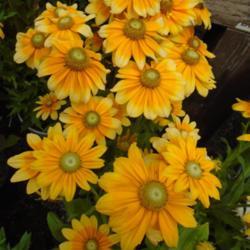


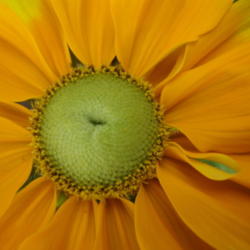
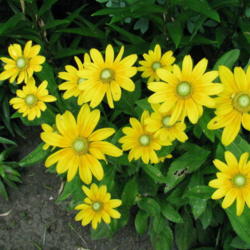
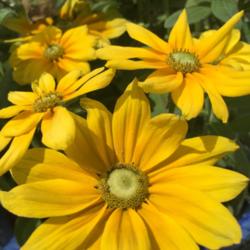


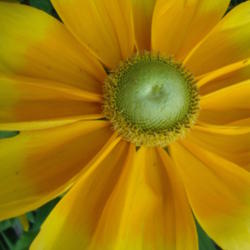
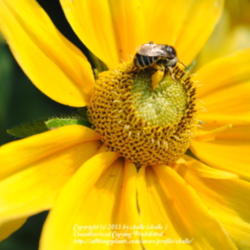

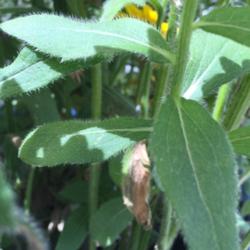
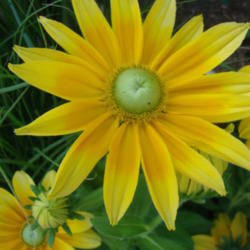
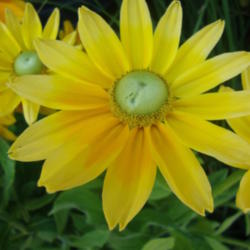

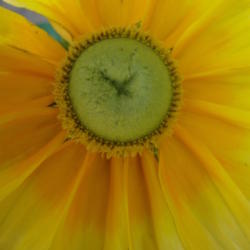
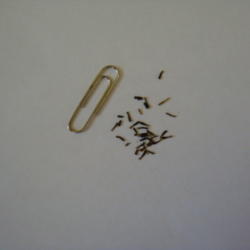

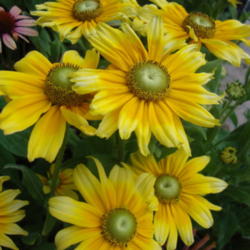

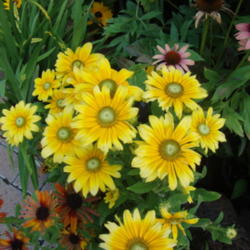

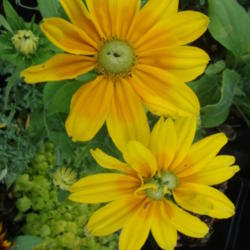
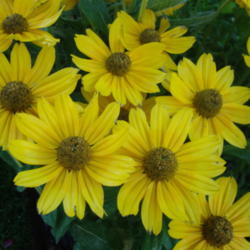
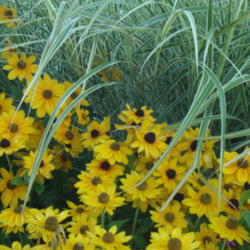
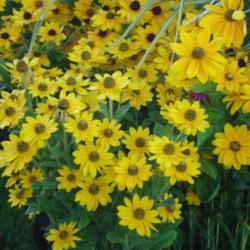
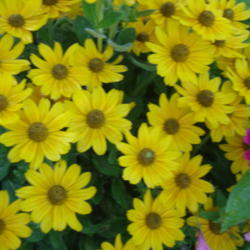
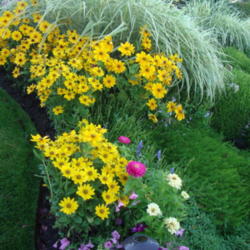

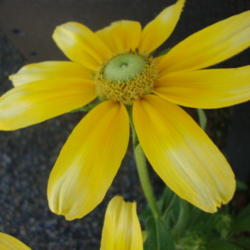

| DeweyRooter | On April 22, 2023 | Bloomed |
| Thread Title | Last Reply | Replies |
|---|---|---|
| Could this be 'Prairie Sun'? by eclayne | Feb 11, 2015 11:06 AM | 3 |
« Add a new plant to the database
» Search the Black Eyed Susans Database: by characteristics or by cultivar name
« See the general plant entry for Black Eyed Susans (Rudbeckia)